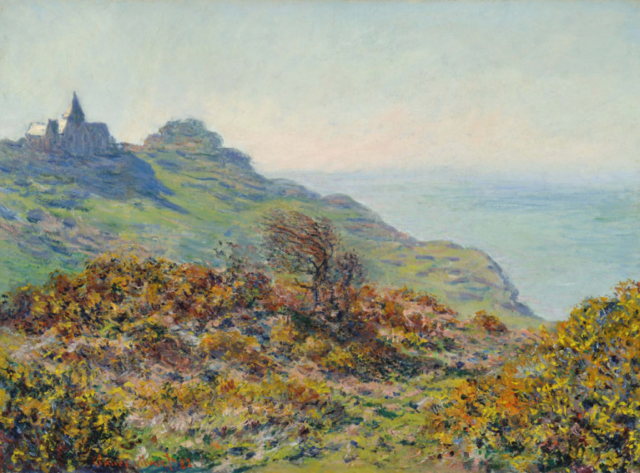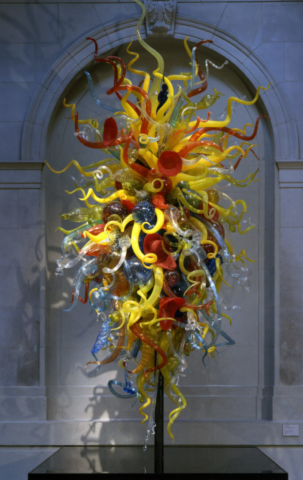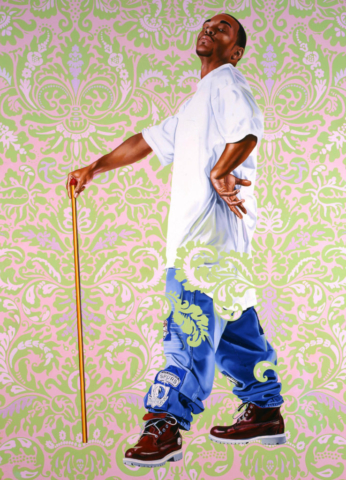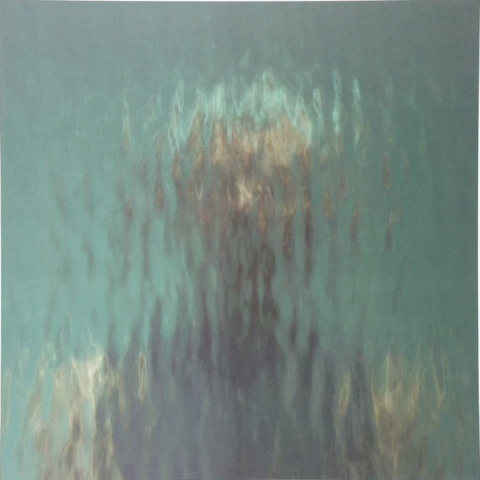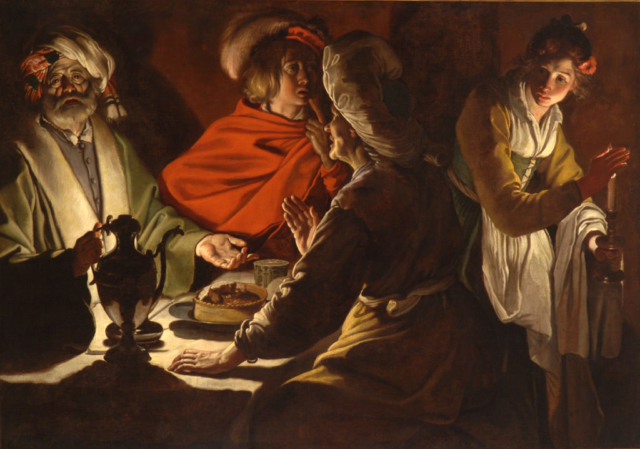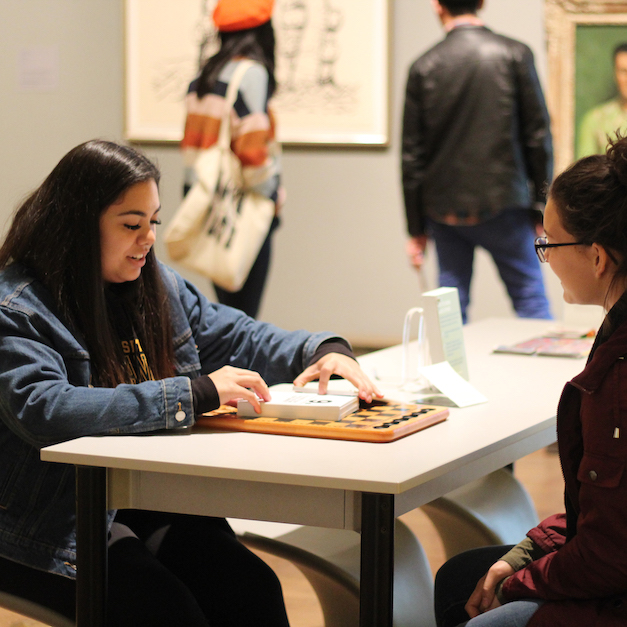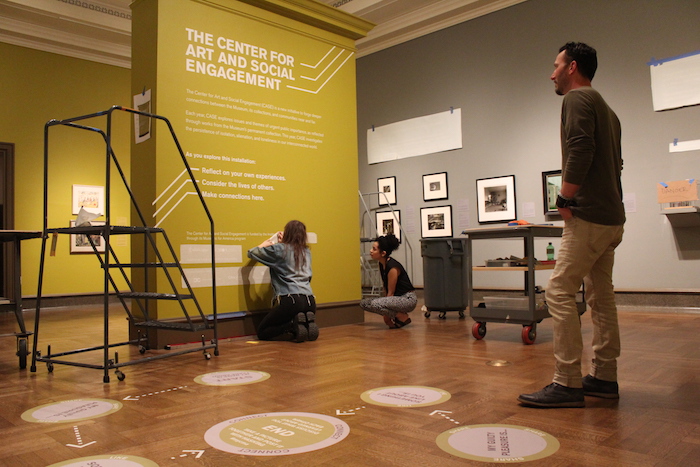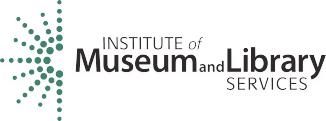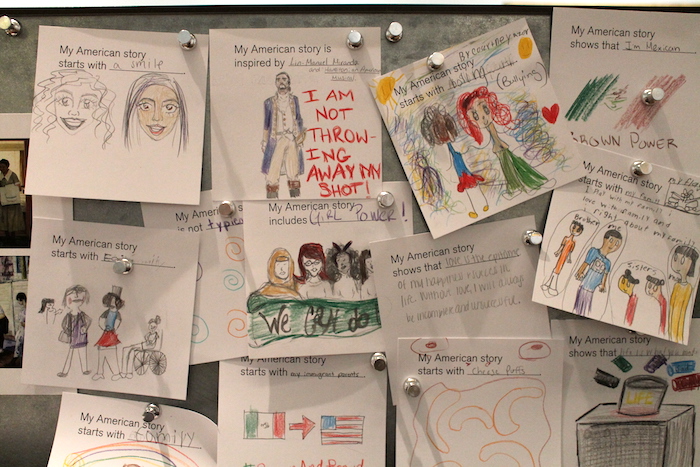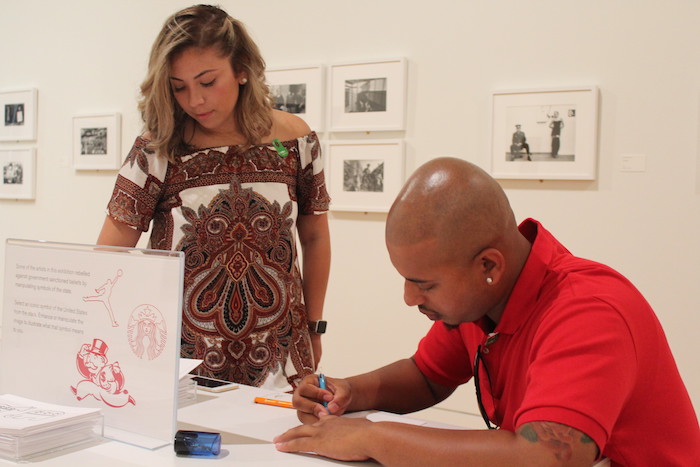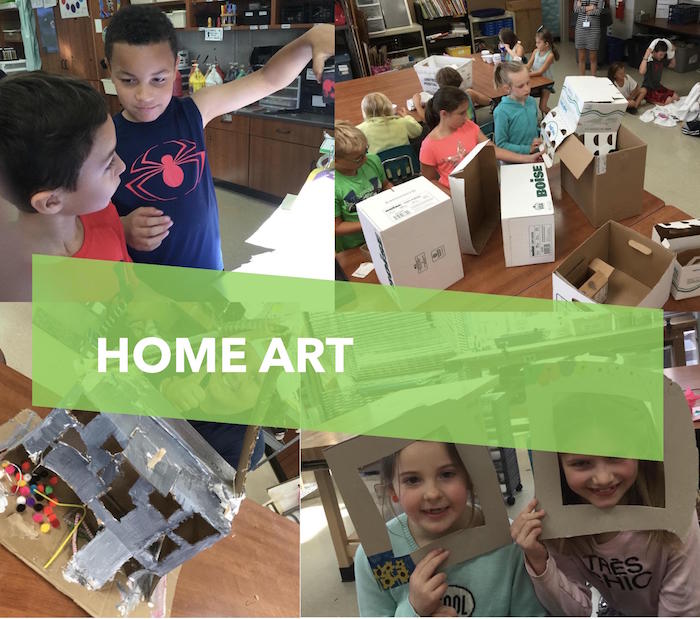
At Columbus Museum of Art we love collaborating with teachers. It is so exciting to see the remarkable ways that educators support purposeful learning, and we love to amplify the amazing practices happening in contexts all over our communities. In this time of #learnfromhome, we’ve been sharing just some of these exciting ideas to cultivate creativity with #teach4creativity and #myCMAatHome – if you are a teacher, we invite you to use those hashtags on twitter to find ideas and to share how you are sparking imaginative and critical thinking.
We are also sharing a resource packet developed by artist, art teacher and CMA’s first teacher-in-residence, Jason Blair. Jason has been one of CMA’s thought-partners for years, first by joining and later helping lead our Teaching for Creativity initiatives.
When Ohio schools moved to online instruction, Jason was ready with these dynamic ways families can foster creativity. Each week we will share one of his creativity challenges on Twitter, and you can find the whole resource packet here.
While Jason’s audience is children learning at home, you may find these challenges are a great family bonding experience – or a fun way to add interest to your next Zoom happy hour!
What is a creativity challenge?
What: Creativity challenges are short prompts inviting imagination. They are often playful or contain unexpected juxtapositions (e.g. Design a feast for dragons). Creativity challenges are generally meant to be completed quickly (5 to 10 minutes) so that no one feels too intimidated to create. However, you might also think about how to build on a challenge prompt, especially if the creators want to take the idea further.
Why: As a recurring routine, especially when coupled with regular reflection, creativity challenges foster a culture of creative thinking and problem solving. They are quick and often fun; whimsical prompts set an unintimidating tone to help people “dive in.” Over time, they help people build comfort with ambiguity. While playful, challenges prompt us to do a lot of wondering and figuring out, and push us to represent ideas in different ways.
How: Begin with a collection of prompts (some Creativity Challenges can be found at makingcreativityvisible.edublogs.org) and open-ended, non-precious materials such as clean recyclables and scraps from craft projects. Keep work time short to emphasize that this is to be a draft rather than a finished product. Over time, you and others will get the hang of what makes a good challenge and you can devise your own.
For more about creativity challenges, including downloadable lists of prompts, check out CMA’s Making Creativity Visible resources site.
– Jen Lehe is CMA’s Manager of Strategic Partnerships, overseeing programs for learners throughout their lives. Jen directed the IMLS-funded Making Creativity Visible initiative and launched the Leaders in Creativity fellowship to build teachers’ capacity to advocate beyond their classrooms. Jen holds an Masters in Arts in Education from Harvard Graduate School of Education and a BFA in Photography from NYU. When she’s not at CMA, she’s gardening with her pit bull, Chompsky.

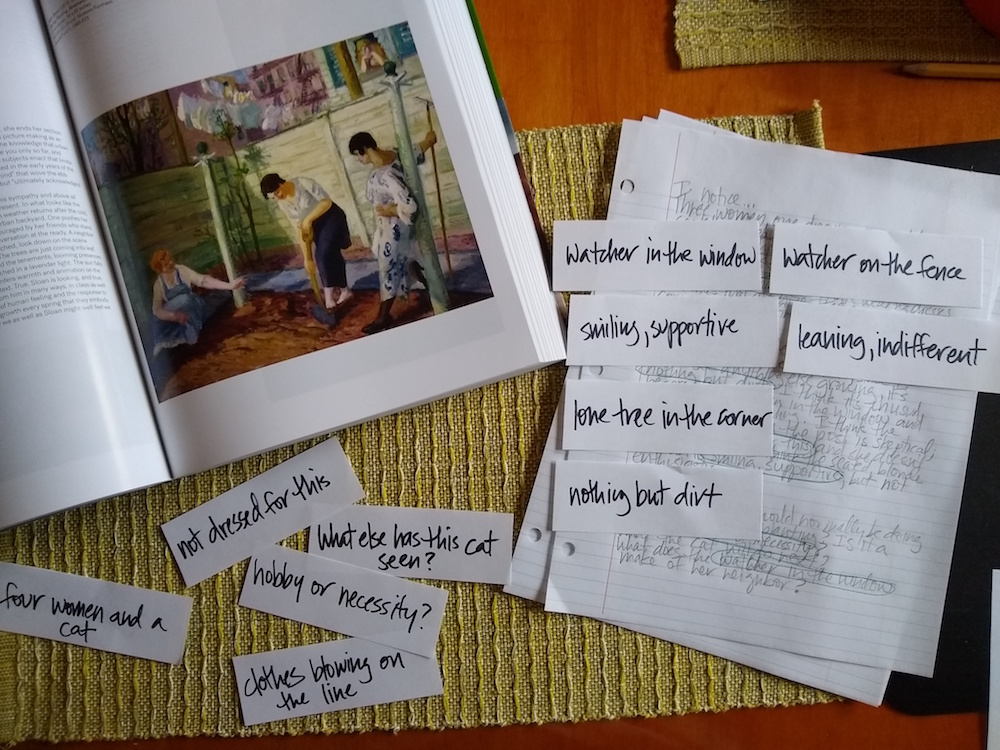
![Amina Robinson, To Be A Drum [Mat and Martha Lying in the Flowers], 1998 Amina Robinson, To Be A Drum [Mat and Martha Lying in the Flowers], 1998](https://www.columbusmuseum.org/wp-content/uploads/2020/04/assets-2.php_-1024x753-640x480.jpeg)
